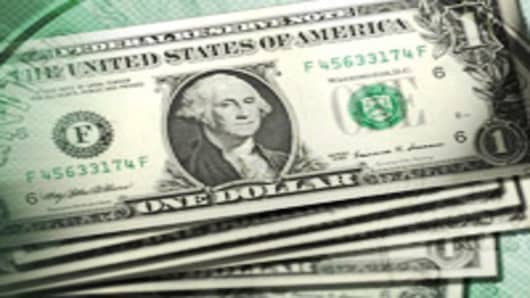You'd expect foreigners to abandon the securities of a country about whose currency they harbor doubts.
If this were a different country, officials conceded, the currency’s decline could be more worrisome. But trade is just not as big a part of the US economy as it is for many other nations, so the inflationary effects of its dollar's decline are more modest here.
Were it to be seen as a source of domestic inflation, officials say their concern would rise. But their expectation is that the dollar will remain a piece—but not the most important determinant—of the inflation outlook.
They acknowledge that some critical fundamentals will need to be addressed—specifically, the size of the Fed’s balance sheet and the long-term fiscal outlook. But they counter that some fundamentals have actually moved in the dollar's favor.
For example, the current-account deficit—a broad measure of US trade—has declined from a high of 6.4% of gross domestic product in 2006 to a 10-year low of 2.8% in the second quarter of 2008, meaning the U.S. has to borrow less abroad.
While they see it as a remote possiblity, their big fear is a disorderly decline in the dollar such as we saw in 1995 when the dollar plunged from around 96 to the yen to around 83 in just a few months—a momentum-charged sell-off.
In that event, officials say they have contingency plans of what they would say and do. They declined to say what those contingency plans would be. They insist those plans are not a matter of heightened concern, just prudent preparation.



